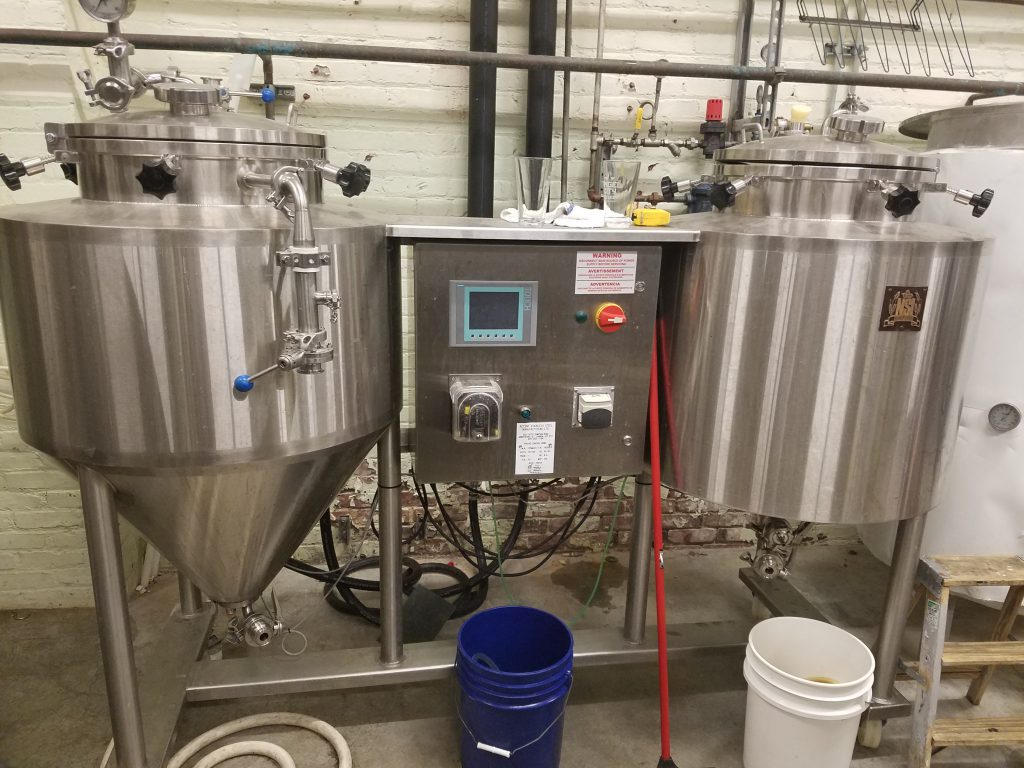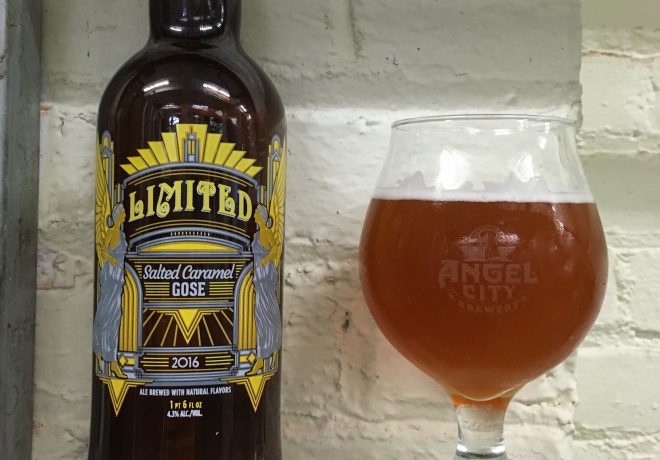(Note: The following is part of our ongoing series “WTF is That?” in which we highlight some of the old, intriguing, and often strange features of our Brewery. This time, we’re talking about our mysterious laboratory.)

Brewers tend to be people who like their toys. If you rummage around in our space, you’d find a smoker made from a barrel, a barbecue made from a drum, some planters made from pallets, and a water fountain made from an old jockey box.
They’re pretty resourceful.
But the most prized toys in their collections tend to be the ones that live back in the brewhouse – those gadgets and gizmos that make their lives easier and make our beer better. One of those gadgets is the yeast propagator.
So what does it do? Put simply, the yeast propagator takes a small amount of yeast and turns it into a large amount of yeast. Which is helpful, because yeast is the one ingredient in our beer we can actually grow ourselves (I mean sure, we can grow some hops on our roof, but we’re talking day-to-day here). Yeast, as you may recall, is a single-celled organism that lives off sugar. Take some yeast, give it a little sugar oxygen, it will create more yeast. Take away the oxygen, and it still survives, but with one pleasant little by-product – alcohol!
That’s why, when we make our beer, we end up with hundreds of pounds of yeast as a result – and that yeast will be used for the next batch, which will create more yeast, which will be used for the next batch…
But how do you start this chain reaction? Well you could go out and buy a bunch of yeast, but that will set you back a cool five hundred bucks. Or…. you could propagate it!

Which is exactly what this machine does. On the left, we have a miniature version of one of our fermentation chambers, surrounded by a glycol jacket to keep the liquid inside nice and comfortable in the mid 60°s. Our yeast lives there in a solution of sugary wort, which allows it to grow and multiply. On the right, another vessel is filled with more wort at a much hotter 190° – hot enough to keep it sterile. As the yeast grows, it gets hungrier, and wants more wort. The computer on board doses that yeast with just enough to keep it satisfied – but not so much that it starts making alcohol. Meanwhile, filtered oxygen is pumped in so that the yeast’s cell walls are happy and strong.
The end result is not just a cheaper process, but a stronger batch of yeast, which ultimately means better beer. Plus, it allows us more flexibility – we don’t have to stick to the same two or three yeasts for all of our beers. We can experiment with different styles, so when you come down to the brewery you have enough beers to fill out a few different flights!
(And the brewers get to play with a shiny new toy, too.)






